Unit Test (Solutions): Racing Seconds | Mathematics (Maths Mela) Class 5 - New NCERT PDF Download
Time: 1 hour
M.M. 30
Attempt all questions.
- Question numbers 1 to 5 carry 1 mark each.
- Question numbers 6 to 8 carry 2 marks each.
- Question numbers 9 to 11 carry 3 marks each.
- Question number 12 & 13 carry 5 marks each
Q1. What is the time in 12-hour format if the 24-hour clock shows 14:30? (1 Mark)
(a) 2:30 a.m.
(b) 2:30 p.m.
(c) 4:30 p.m.
(d) 4:30 a.m.
Ans: (b) 2:30 p.m.
Q2. Which of the following represents 12 midnight in 24-hour clock format? (1 Mark)
(a) 00:00
(b) 12:00
(c) 24:00
(d) 12:00 p.m.
Ans: (a) 00:00
Q3. A bus leaves the station at 7:20 a.m. and reaches at 10:50 a.m. How long was the journey? (1 Mark)
(a) 2 hours 30 minutes
(b) 3 hours 30 minutes
(c) 3 hours 20 minutes
(d) 2 hours 20 minutes
Ans: (b) 3 hours 30 minutes
Q4. What is the time in 24-hour clock if it is 9:45 p.m.? (1 Mark)
(a) 19:45
(b) 21:45
(c) 20:45
(d) 22:45
Ans: (b) 21:45
Q5. If a train departs at 11:55 p.m. and arrives at 01:25 a.m., how long does it take? (1 Mark)
(a) 1 hour 10 minutes
(b) 1 hour 20 minutes
(c) 1 hour 25 minutes
(d) 1 hour 30 minutes
Ans: (b) 1 hour 30 minutes
Q6: Convert 24-Hours Clock to 12-Hours Clock (2 Marks)
(a) 05:45
Given time is 05:45.
Since it is less than 12:00, it remains the same.
Answer: 05:45 a.m.
(b) 13:25
Given time is 13:25.
Convert into 12-hour clock: 13:25 – 12:00 = 01:25
Answer: 01:25 p.m.
(c) 22:10
Given time is 22:10.
Convert into 12-hour clock: 22:10 – 12:00 = 10:10
Answer: 10:10 p.m.
(d) 12:00
Given time is 12:00.
12:00 in 24-hour clock = 12:00 noon.
Answer: 12:00 p.m.
Q7: A flight leaves Delhi at 11:30 PM (12-hour format) and lands in Dubai at 02:15 (24-hour format) the next day. How long is the flight? (2 Marks)
Solution:
Departure (12-hour → 24-hour) = 23:30
Arrival next day = 02:15 → Add 24 hours to next-day time = 26:15
Subtract: 26:15 – 23:30 = 2 hours 45 minutes
Answer: The flight takes 2 hours 45 minutes.
Q8: A movie starts at 10:45 AM (12-hour format) and ends at 13:20 (24-hour format). How long does the movie last? (2 Marks)
Solution:
Start time in 24-hour format = 10:45
End time = 13:20
Subtract: 13:20 – 10:45 = 2 hours 35 minutes
Answer: The movie lasts 2 hours 35 minutes.
Q9: Write the time using A.M.–P.M. conversion (3 Marks)
(a) 3 hours past 04:00 a.m.
= 04:00 a.m. + 3 hours = 07:00 a.m.
(b) 1 hour past 7:00 p.m.
= 07:00 p.m. + 1 hour = 08:00 p.m.
(c) 25 minutes past 11:40 a.m.
= 11:40 a.m. + 25 minutes = 12:05 (crosses noon) = 12:05 p.m.
Note: When time passes 12:00 noon, the suffix changes from a.m. to p.m.
Q10: In each pair, tick the time which comes earliest in the day. (3 Marks)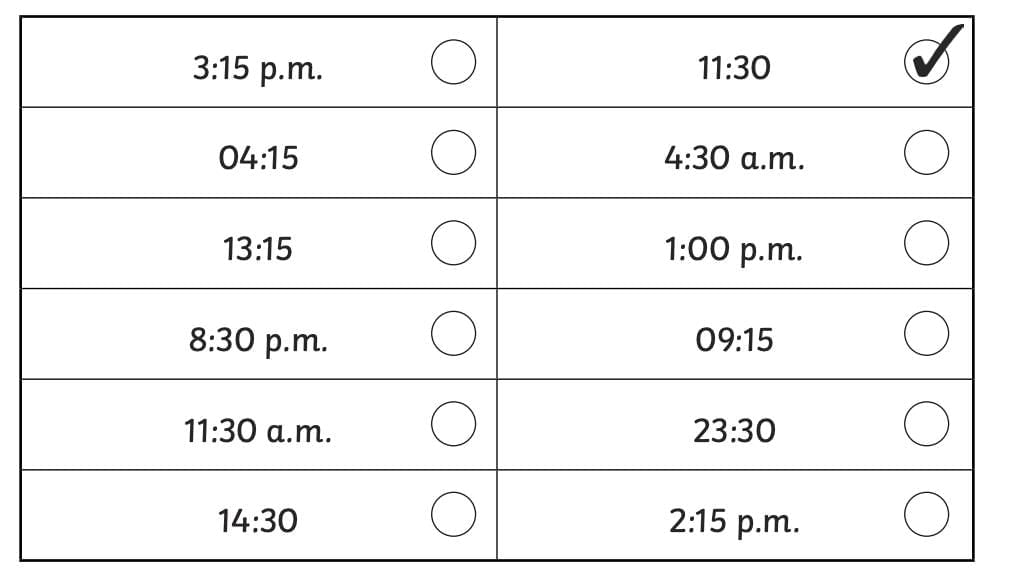 Solution:
Solution: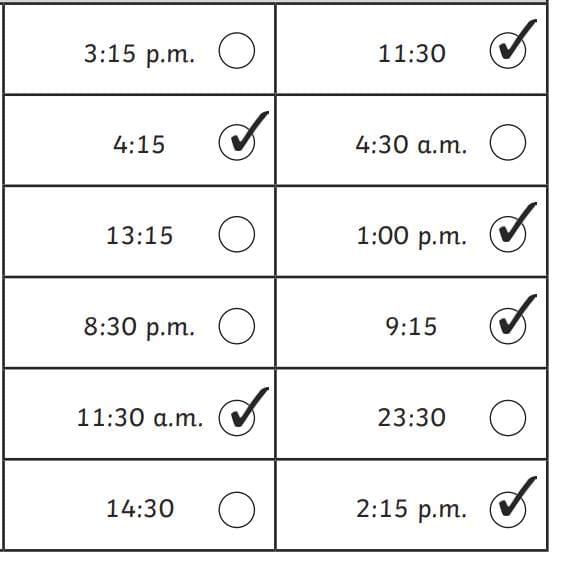
Q11: A train leaves Chennai at 9:05 PM (12-hour format) and reaches Bengaluru at 00:40 (24-hour format). How long is the journey? (3 Marks)
Solution:
Departure = 21:05
Arrival next day = 00:40 → 24:40
Subtract: 24:40 – 21:05 = 3 hours 35 minutes
Answer: The train journey is 3 hours 35 minutes.
Q12: Complete the table by filling, the missing times (5 Marks)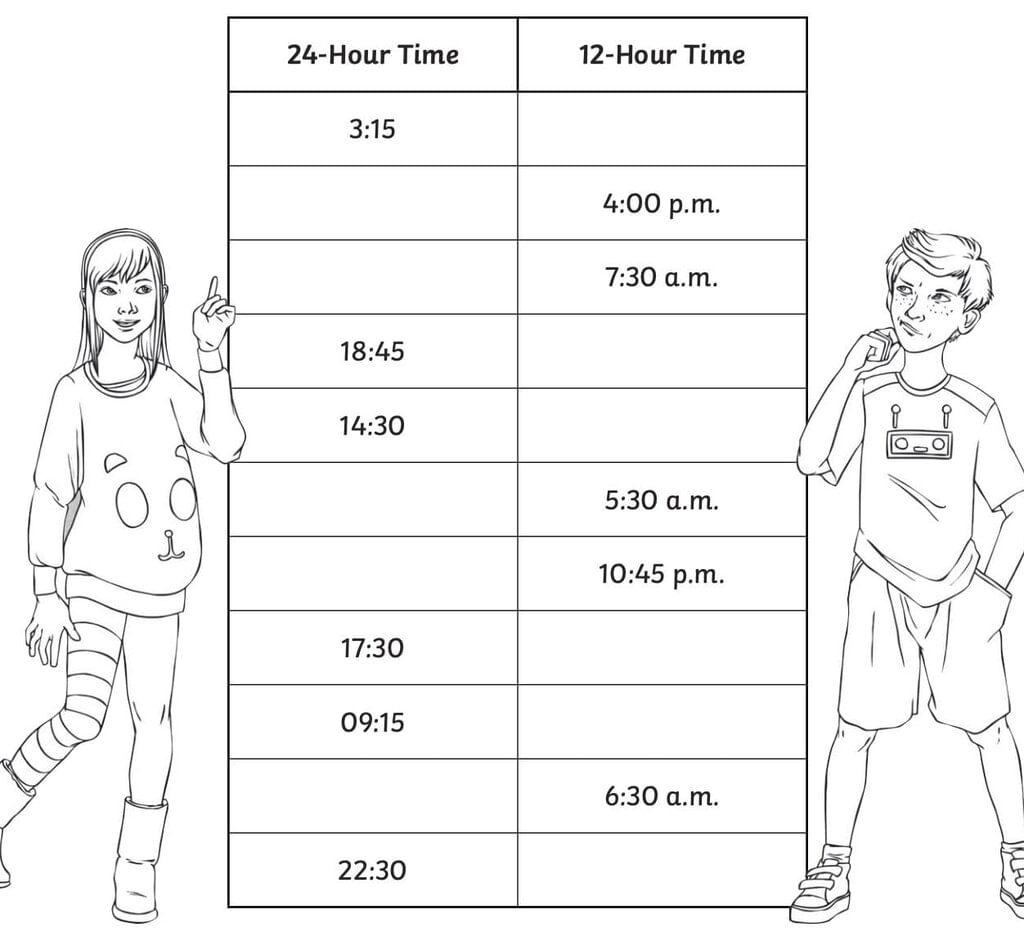 Solution:
Solution: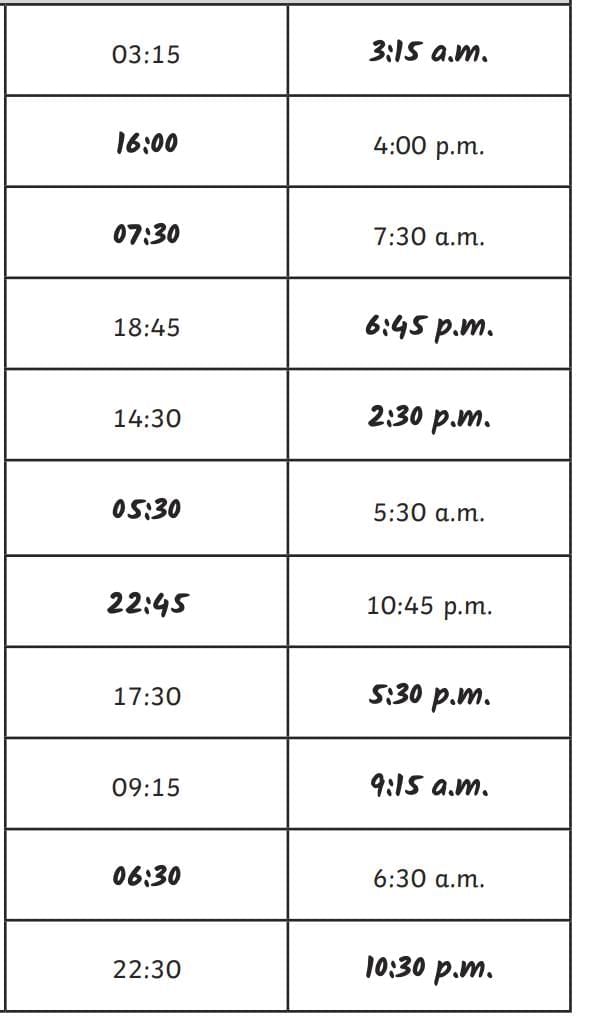
Q13: Read the clock carefully and answer. (5 Marks)


Solution:
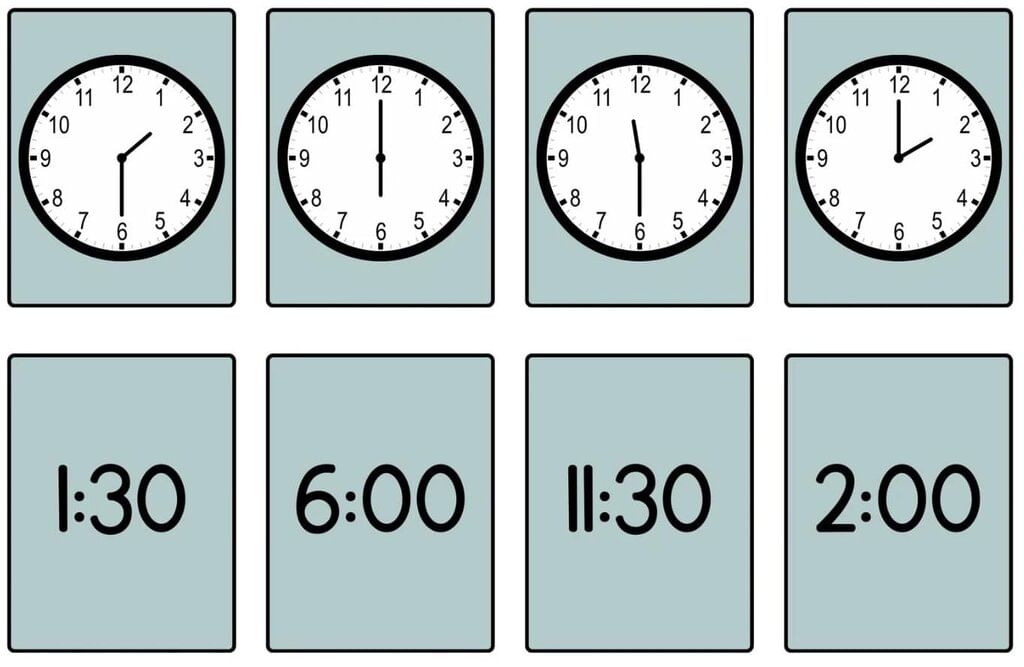
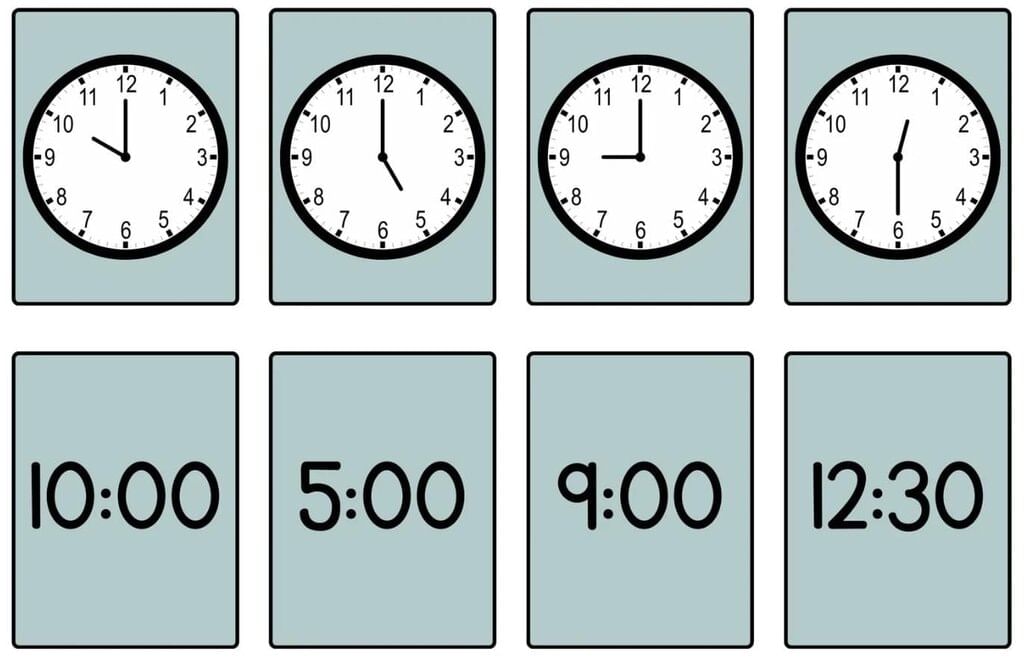
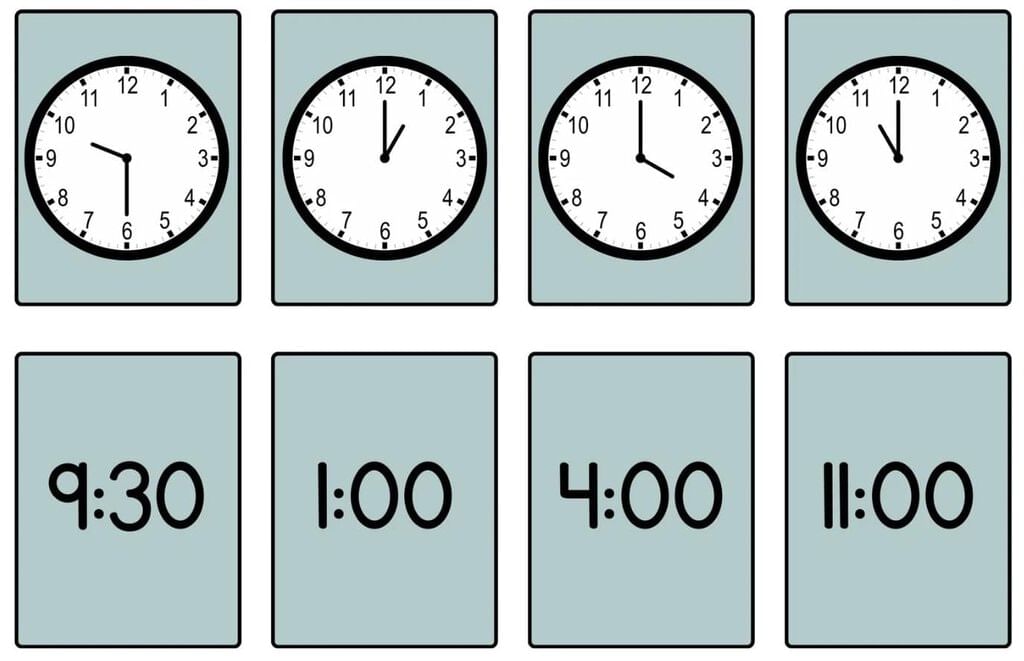
|
35 videos|276 docs|7 tests
|
FAQs on Unit Test (Solutions): Racing Seconds - Mathematics (Maths Mela) Class 5 - New NCERT
| 1. What is the Racing Seconds concept and how is it applied in sports? |  |
| 2. Why is accurate timing important in racing events? |  |
| 3. What technologies are commonly used for timing in racing events? |  |
| 4. How do racing seconds affect athlete training and performance? |  |
| 5. Are there any historical developments in timing technology for racing? |  |
















